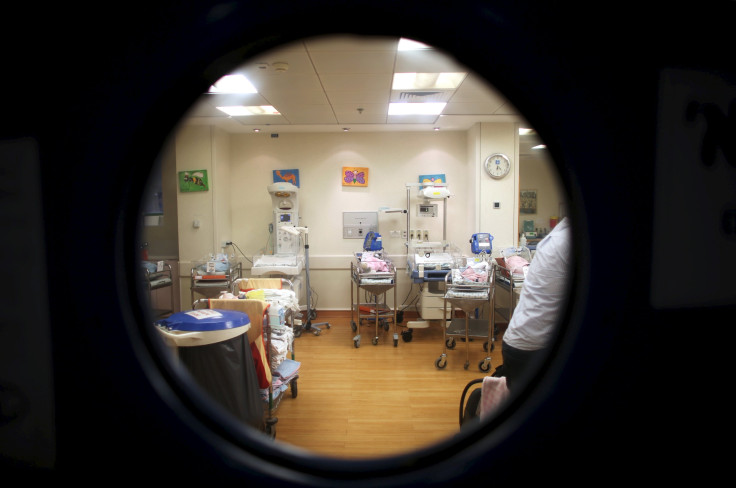Conjoined Sandoval Twins Update: Eva And Erika Undergo Separation Surgery

UPDATED: 3:38 p.m. EST: — Following a surgery that lasted 17 hours, the Sandoval twins were successfully separated. Erika and Eva Sandoval were being monitored and recovering at Lucile Packard Children's Hospital in Stanford, California, according to a spokesperson for the hospital.
Precious Sacramento conjoined twins successfully separated at @StanfordChild. 2yo Erika & Eva Sandoval underwent 17-hr surgery @kcranews pic.twitter.com/pT6UBgUC8l
— Vicki Gonzalez (@VickiLGonzalez) December 7, 2016
After waiting nearly a year, conjoined twin girls underwent a risky operation Tuesday that was expected to safely separate the two sisters. Eva and Erika Sandoval, 2, had the complicated surgery Tuesday at the Lucile Packard Children’s Hospital in Stanford, California, the Miami Herald reported. An update on the twins’ progress was not immediately available.
Born in Sacramento, California in 2014, the Sandoval twins were conjoined from the chest and share a bladder, liver, intestinal parts and a third leg. The operation to separate the twins can result in a 30 percent chance of fatality, according to the Sacramento Bee. The surgery was supposed to be performed in early 2016, but medical complications pushed the first date back. The surgeon leading the twins’ operation was Dr. Gary Hartman.
While the twins have largely been able to function as happy toddlers, they struggle with digesting food and liquid because of their shared digestive system. According to Hartman, health complications will continue to develop as the twins get older, as there is also a discrepancy in size between the two that will add to further complications.
“There are the UTIs; there’s the muscular skeletal issue – we’re seeing the curvature of the spine,” Hartman told the Sacramento Bee in November. “These things would continue if they were to remain conjoined. With this growth disparity, Erika becomes more and more at risk of injury, just because Eva is so big and strong.”
Conjoined twins are rare birth cases and occur about once every 200,000 live births. Survival rates are low – the overall survival rate “is somewhere between five percent and 25 percent,” according to the University of Maryland Medical Center. Female conjoined twins do have a higher survival rate than male conjoined twins and are about three times as likely to be delivered alive.
Conjoined male twins Anias and Jadon McDonald, conjoined twin boys from New York, underwent a 27-hour-long surgery in October that separated their two skulls, which were fused together. The McDonald twins were successfully separated and continue to recover since the twins' separation surgery, CNN reported.
© Copyright IBTimes 2025. All rights reserved.






















